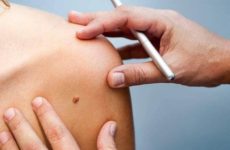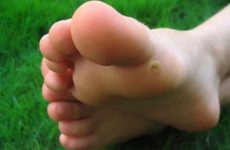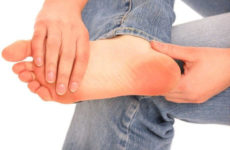Warts are familiar to each of us since childhood. They can appear on different parts of the body, including the soles of the feet. To cope with this skin disease, you need to know what causes it and how to deal with it.
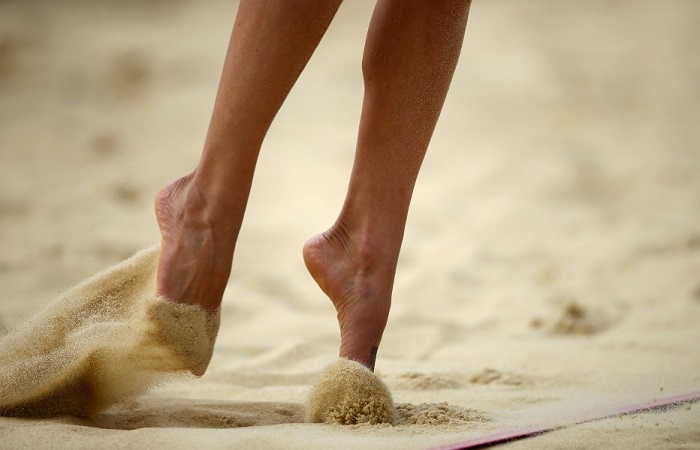
Содержание:
- 1 What is it, what is dangerous and what does the growth look like?
- 2 Reasons for the appearance
- 3 Symptoms and manifestations
- 4 Diagnostic methods
- 5 Removal of formations from the soles of the feet
- 6 Treatment of subcutaneous formations on the foot without surgery
- 7 Possible Complications of Viral Warts
- 8 Prevention and prognosis
What is it, what is dangerous and what does the growth look like?
A wart formed on the sole of the foot is easily recognizable by its appearance: it is a small (up to 2 cm), hard and flat growth that rises above the level of the skin and is covered with keratinized epithelium by 1–2 mm.
This formation can deliver unpleasant, painful sensations when walking. In addition to physical discomfort, plantar warts carry the risk of contracting secondary infections.
Such growths are easily injured, bleed and turn into wounds open to the penetration of pathogenic microflora. Also read how a plantar wart is trimmed in a child , symptoms and treatment.
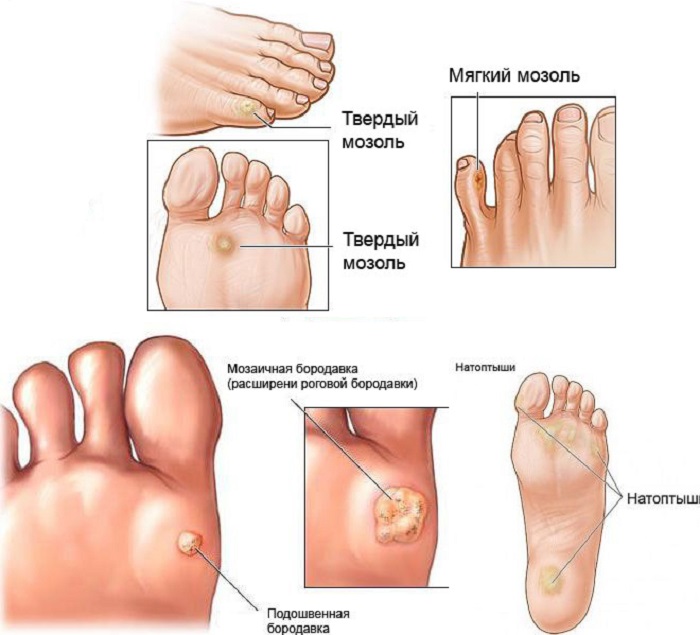
Reasons for the appearance
This skin disease is caused by the human papillomavirus (HPV) , which penetrates the skin cells by contact, through small wounds and scratches.
The infection lives in a warm and humid environment, afraid of sunlight. People often become infected with a plantar wart while swimming in the pool, while visiting saunas, baths and sports clubs.
The disease may not manifest itself for a long time, be in a “sleeping” state, if a person has strong immunity.
As a rule, HPV is activated when the body’s defenses are weakened. It should be noted that not everyone is susceptible to the appearance of warts. Their occurrence can be provoked by the following factors:
- immunity weakened by disease or stress;
- insufficient foot hygiene;
- deformation of the bones of the foot (flat feet, arthritis);
- use of other people’s things (towels, nail scissors, etc.) when caring for the feet;
- increased sweating of the legs;
- cracks and wounds on the soles;
- diseases that negatively affect the condition of the skin of the legs (diabetes, varicose veins of the foot).
Symptoms and manifestations
At the initial stage of formation, warty growths on the foot are smooth, do not differ in color from the skin, so they can be ignored for a long time. Over time, the surface of the plantar wart is covered with keratinized epithelium, becomes rough and changes color to yellow-gray.
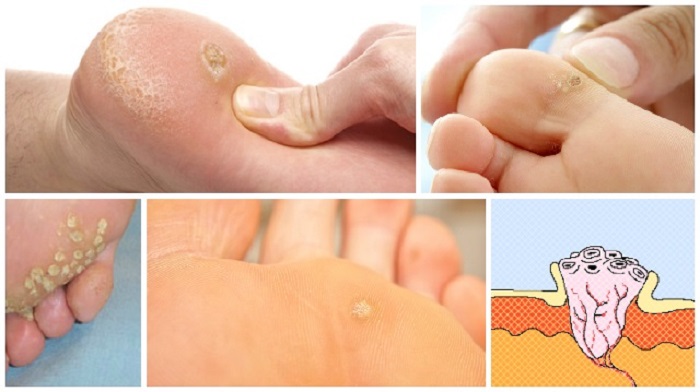
Sometimes dark brown blotches form on the growth, which are the result of clogging small capillaries. A crater appears in the center of the wart – a small depression into which sand, dirt, small pebbles can clog.
In most cases, only one wart is dressed up on the sole. But sometimes several growths appear at the same time – this usually indicates a high activity of the virus against the background of reduced immunity.
A wart on the heel can go away on its own without leaving any marks on the skin of the foot. The disappearance of growths occurs when the impaired immunity is restored and defeats the infection. Although self-healing does not happen so often.
Diagnostic methods
In appearance, the plantar wart is similar to other skin diseases: callus, hyperkeratosis, skin cancer, etc. Therefore, only an experienced dermatologist can make a final diagnosis. The following methods are used for this:
- Dermatoscopy is a hardware study that allows using a dermatoscope to examine in detail pathological skin formations and visually determine their nature.
- The polymerase chain reaction method is a laboratory blood test that makes it possible to identify HPV (as well as the causative agents of many other infectious diseases) in the human body and confirm (or refute) the diagnosis of a plantar wart.
- Ultrasound of the skin growth – allows you to determine how deeply the wart has grown into the skin layers.
Removal of formations from the soles of the feet
The plantar wart eventually grows into the dermis to a great depth – and this complicates its removal. However, modern medicine has effective methods to get rid of warty growths on the foot.
Cryodestruction
This method involves removing the wart with liquid nitrogen. The procedure is not accompanied by pain and lasts only one minute. After treatment with nitrogen, a blister forms at the site of the growth, which heals for about a week.
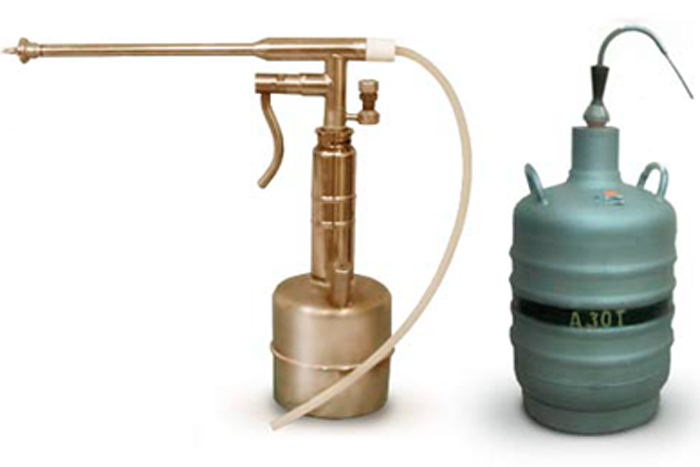
Laser coagulation
Removing the build-up with a laser is considered the most effective method, since it almost certainly eliminates the recurrence of the disease.
It is important that when performing this quick, painless procedure, the doctor has the ability to adjust the depth of penetration into the tissue. The wound healing process takes less than a week. The method is recommended even for small children.
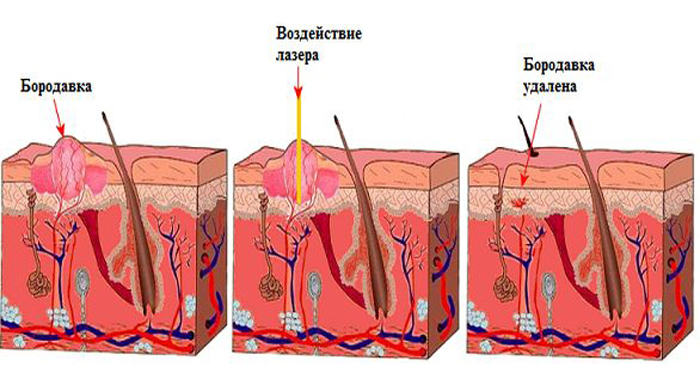
radio wave surgery
The specialist cuts out the wart with the so-called radioknife, and at the same time cauterizes the vessels to avoid bleeding.
The method allows you to prevent the spread of infection through the bloodstream – so you can not be afraid that warts will appear in other places.
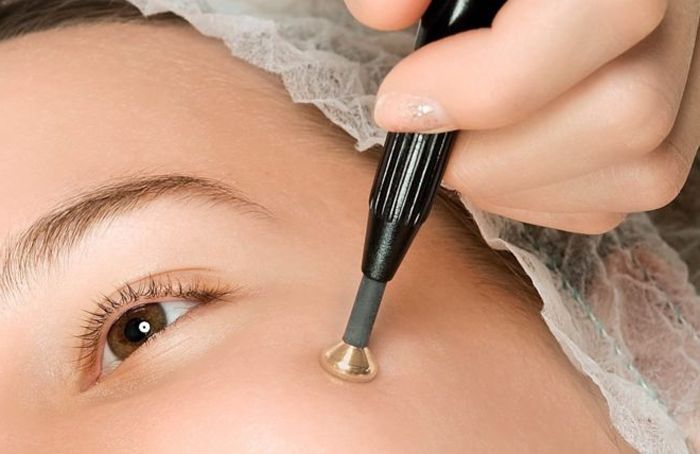
Surgical excision
This method is used in case of formation of large warts. The operation is carried out with a scalpel. Local anesthesia is applied. After the wound has healed, a scar may remain.
Electrocoagulation
The method involves the removal of the wart with the help of current. The procedure is painless, but its effect is shallow, but superficial.
In this way, it is recommended to remove only small, fresh growths that have not had much time to grow into the tissues. The disadvantage of the operation is that after it there will certainly be a small scar.
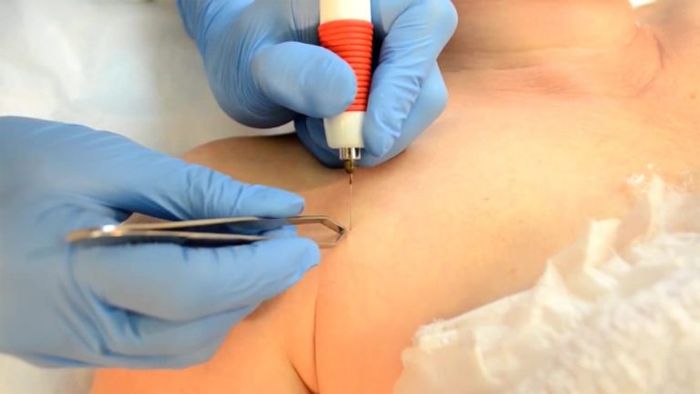
Treatment of subcutaneous formations on the foot without surgery
The above hardware methods for the treatment of plantar warts are not affordable for everyone. In such cases, you can use alternative means, which often turn out to be no less effective. This refers to drug treatment, as well as folk remedies.
Medicines
There are many drugs, the high effectiveness of which in the treatment of warts has been proven in practice. Here are the most famous and popular tools that have proven themselves well.
Lapis pencil
Lapis has a cauterizing and bactericidal effect on the skin. To completely get rid of the wart, you should lubricate it with a lapis pencil 2 times a day for about a month – until the growth completely disappears.
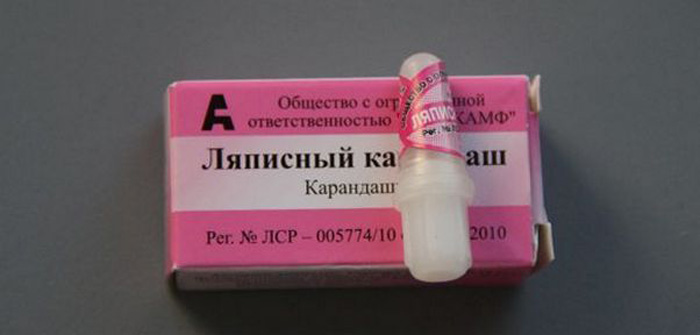
Solcoderm
With this solution containing concentrated acids, you can burn a plantar wart in one go. To do this, you need to steam the foot, then scrape off the stratum corneum from the wart, and apply the medicinal liquid to it using a special applicator.
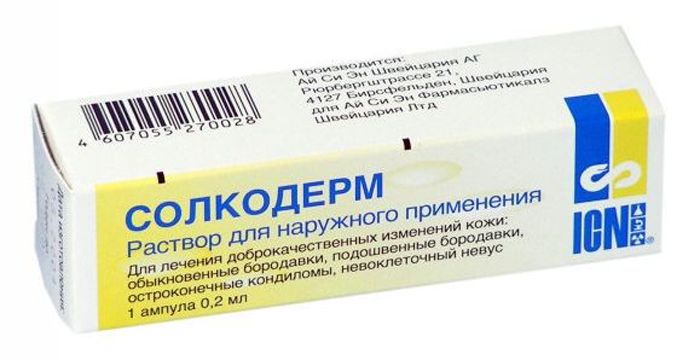
Verrukacid
This drug has a local cauterizing effect. Before using it, it is advisable to cut off the surface of the wart with nail scissors.
The agent is applied strictly to the wart area with a special stick – this is repeated 10 times in a row with an interval of 4 minutes. One procedure may be enough to destroy the build-up, but if necessary, after a week, you can re-treat.
Supercleaner
The tool is considered very effective. To completely burn out the wart, it is enough to apply one drop of this cauterizing cosmetic liquid to its surface once a day for three days.
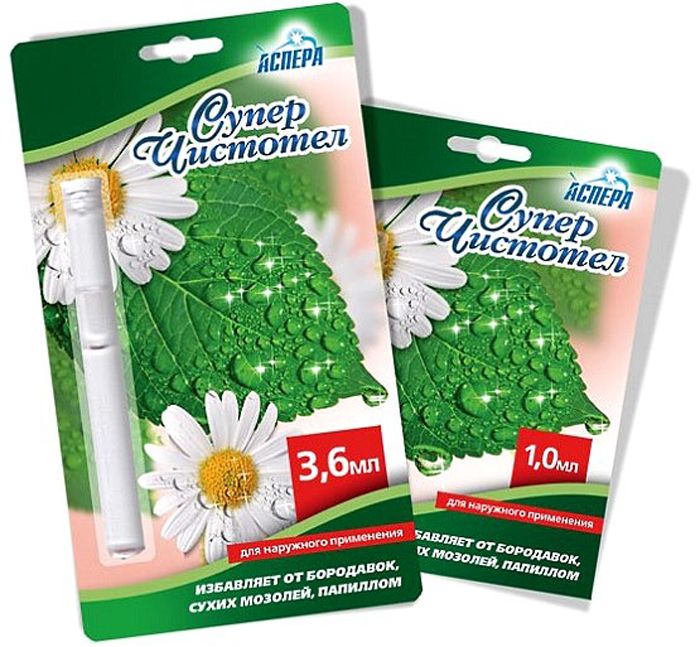
Salicylic acid
To get rid of a plantar wart, you need to lubricate it every day before going to bed with a 5-10% solution of salicylic acid. Wash off in the morning. The procedure is performed over several weeks. Compresses with ointment containing salicylic acid act similarly.
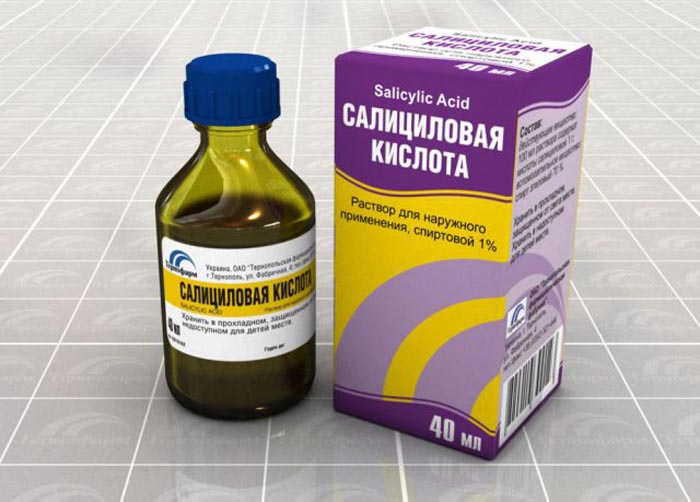
Feresol
The action of this oily liquid is cauterizing and bactericidal. One treatment may be enough to remove a plantar wart.
Before the procedure, the leg should be steamed, cut off the keratinized surface from the growth with nail scissors, and 10 times in a row, with a break of 4 minutes, apply the medicine to it with a special stick.
Cryopharma and Wartner cryo
The action of both drugs is similar – it is based on the effect of cryotherapy. This refers to the instantaneous freezing of the wart growth . After treatment, the wart gradually sloughs off and is replaced by a normal dermal epidermis in about two weeks.
Hydrogen peroxide
It may take several weeks to remove a plantar wart with a 35% hydrogen peroxide solution. To do this, you need to wipe the growth 4-5 times daily with a cotton pad dipped in a medicinal liquid.
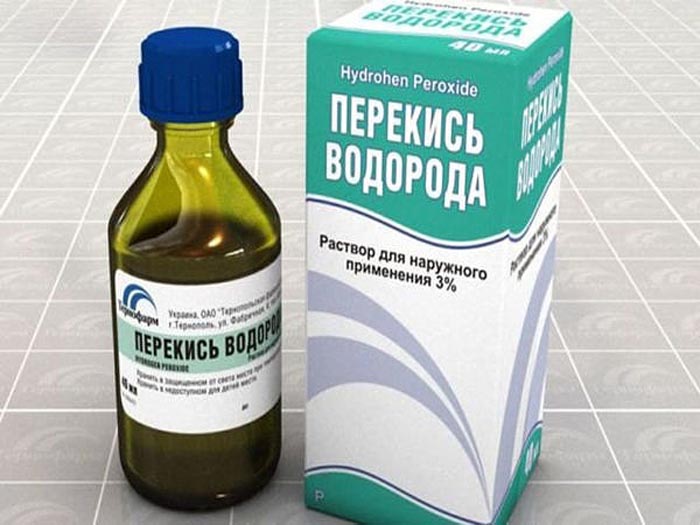
Folk remedies
It is advisable to use folk methods only for removing recently appeared, shallow warts that did not have time to grow strongly in the layers of the epidermis. There are several effective natural remedies that can be used to burn a plantar wart.
Vinegar
To remove a skin growth, you must first cut off its keratinized surface with nail scissors, and then gently drop acetic acid on it from a pipette. The procedure should be repeated every day, until the complete disappearance of the wart.

Celandine
A plantar wart can be destroyed in two to three weeks, if daily, four times a day, moisten it with celandine juice. Before the procedure, it is desirable to steam out the growth and scrape off the keratinized surface from it.
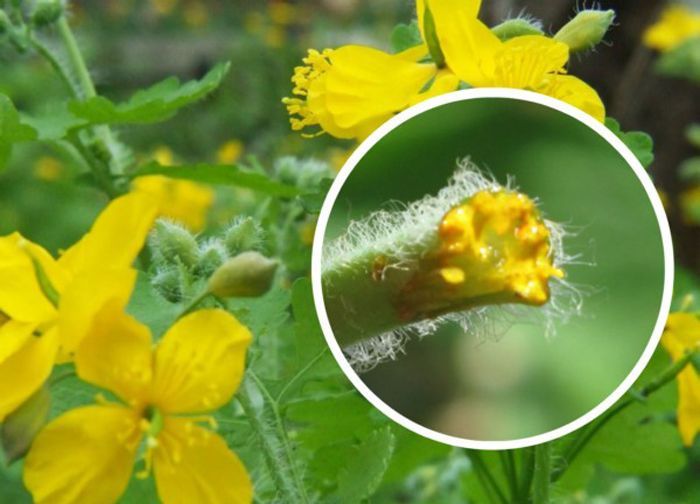
Garlic
In terms of effectiveness, garlic is not inferior to celandine. You should cut off a small piece of garlic cloves and stick it with a band-aid to the wart overnight. The procedure must be repeated every day. After two to three weeks, the wart will dry up and fall off.
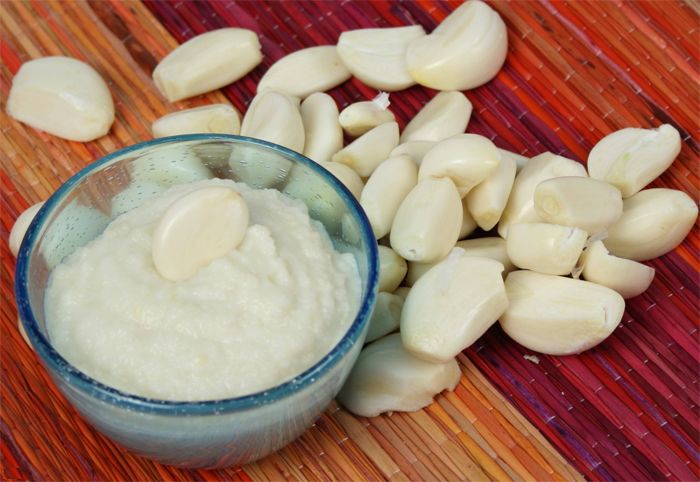
Nettle
You can get rid of a small plantar wart in about two weeks if you rub the growth with a fresh nettle leaf three times a day. The procedure may be accompanied by a strong burning sensation, but it is worth being patient.
Possible Complications of Viral Warts
Skin growths should never be ignored. If the wart is not removed in time , it can cause serious complications, including:
- spread of growths throughout the body;
- degeneration into oncology (with frequent damage to the wart);
- accession of a secondary infection (viral or bacterial).
Prevention and prognosis
Plantar warts can be avoided by taking the following precautions:
- strengthen immunity (eat food rich in vitamins, avoid stress, normalize sleep patterns);
- always treat wounds on the legs with antiseptics;
- observe foot hygiene.
With proper and timely treatment, a plantar wart can be eliminated quickly and permanently . Relapses of the disease indicate that the treatment process was incorrect or was not completed.
A plantar wart is an unpleasant, but completely treatable skin disease. But self-treatment for this problem is not always effective. Therefore, before deciding how to deal with a wart, you should consult a dermatologist.


